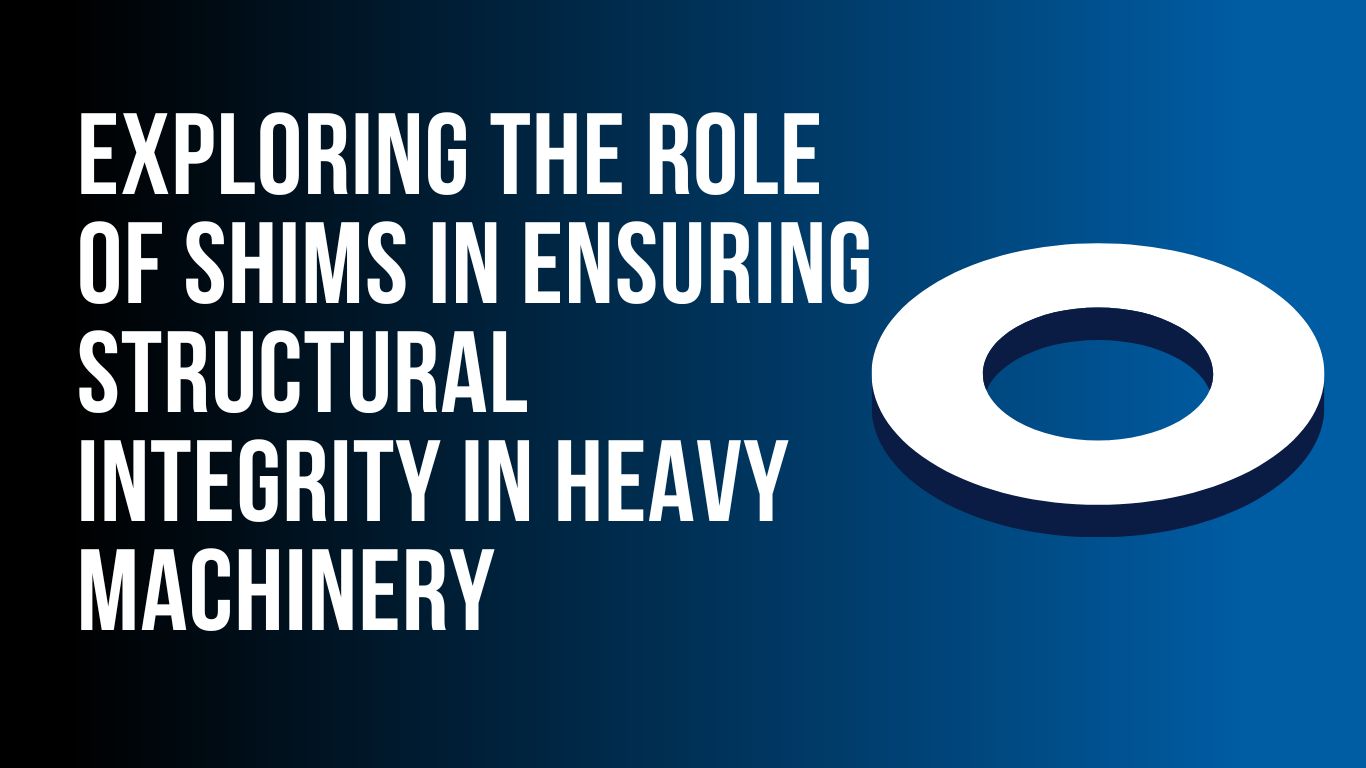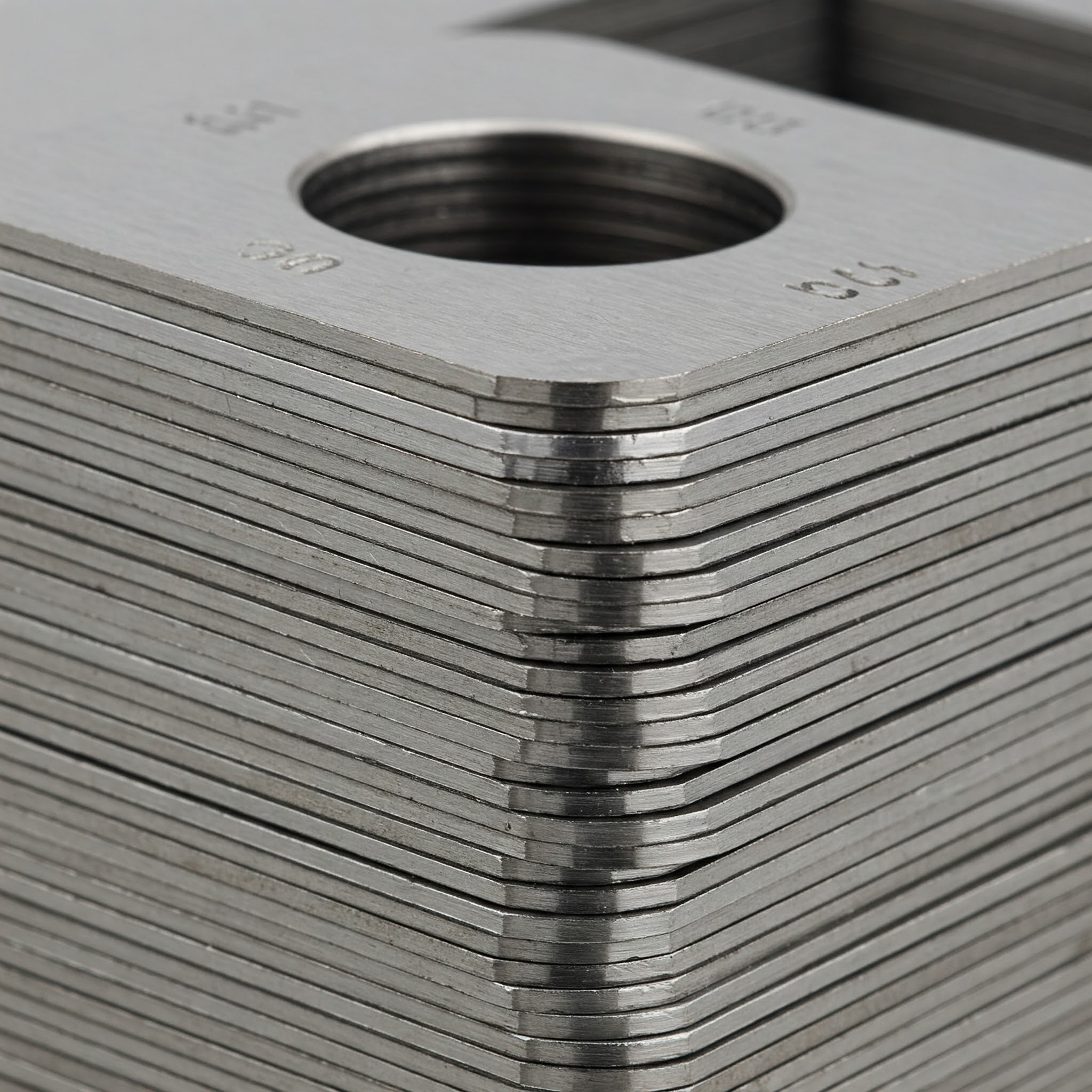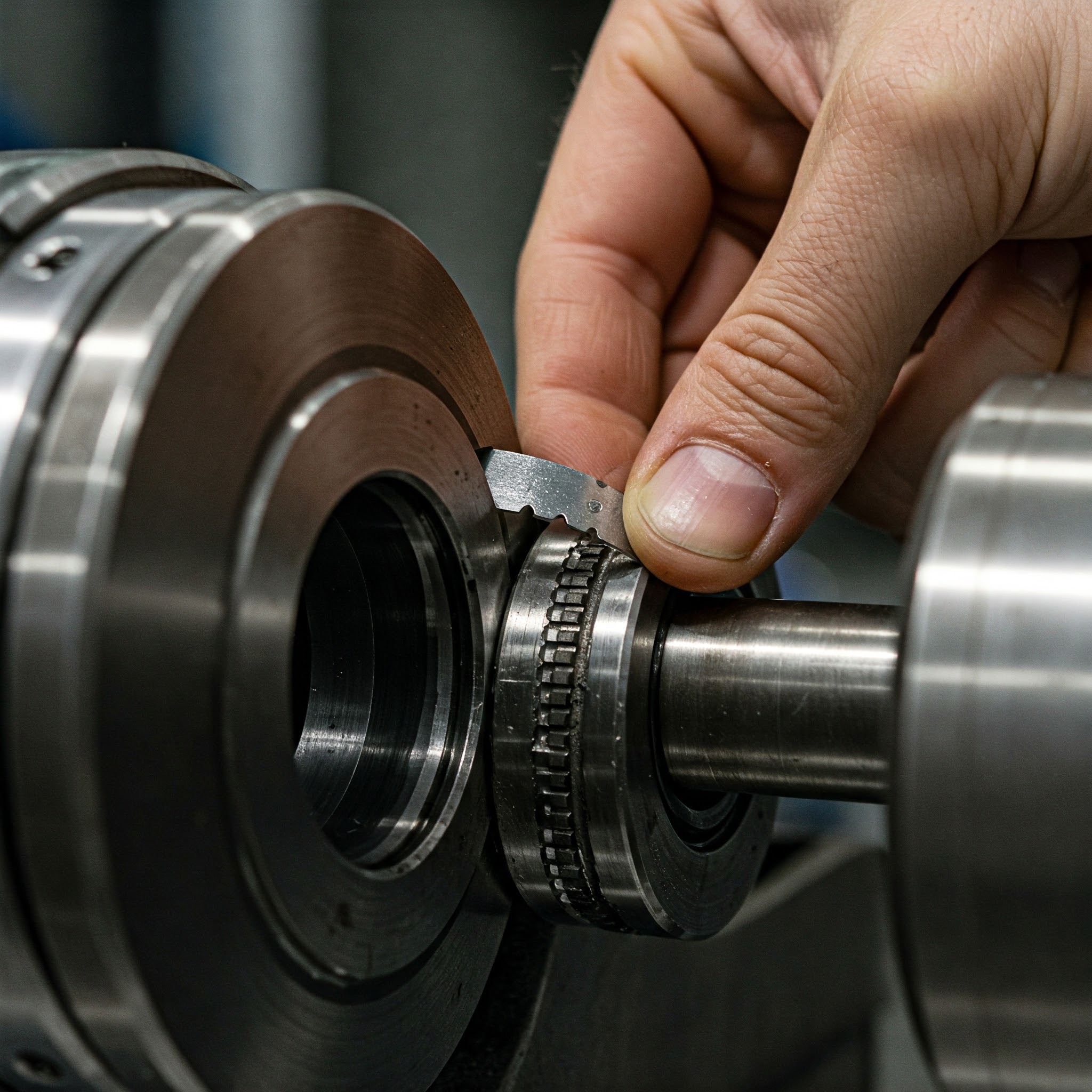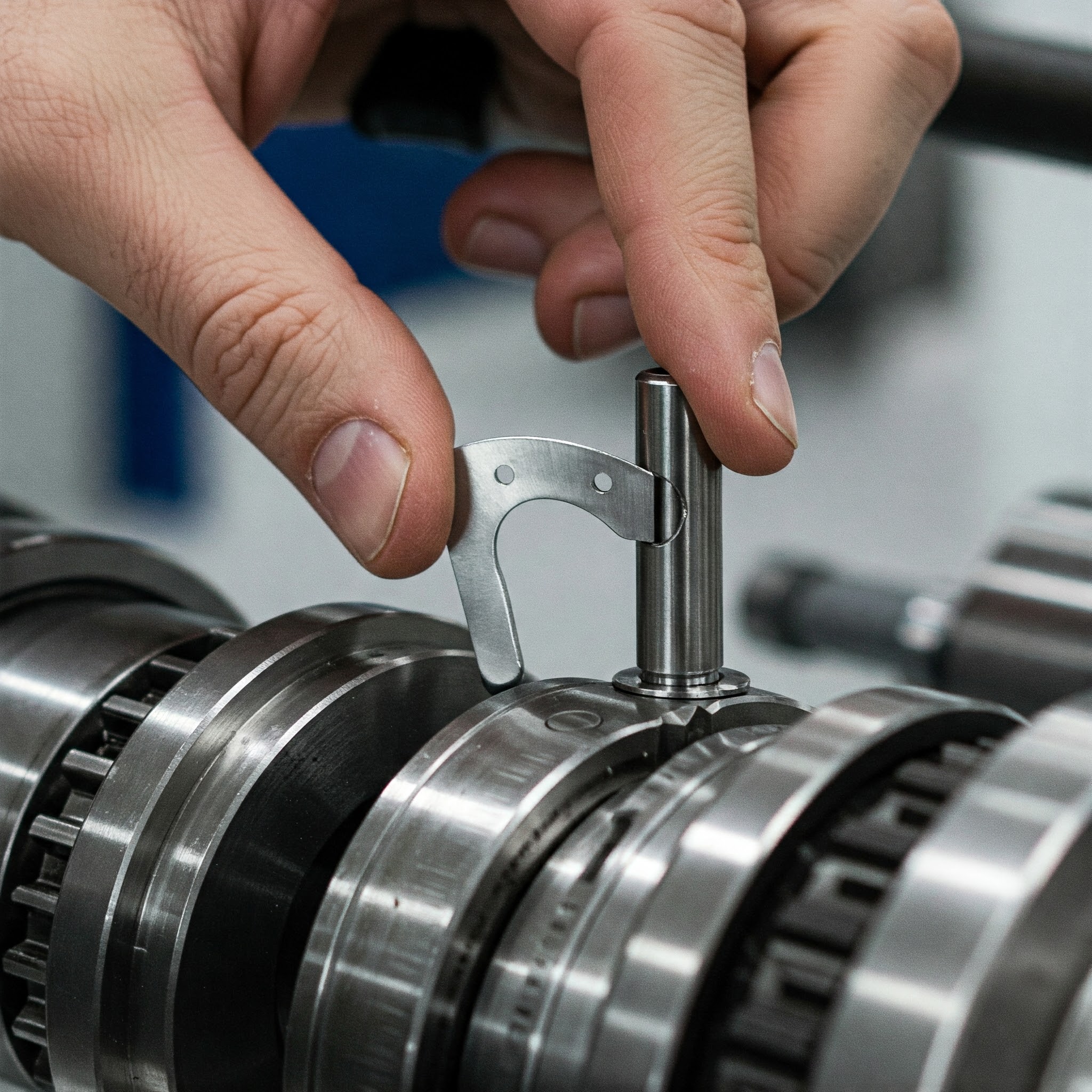
Shims might be small, but they play a crucial role in keeping heavy machinery stable, aligned, and operating at peak efficiency. If you work with or maintain industrial equipment, you know how even the smallest misalignment can lead to costly downtime, excessive wear, and even structural failures. That’s where shims come in. In this article, we’ll break down everything you need to know about the role of shims in heavy machinery, from their importance to the different types available and how to use them effectively.
Shims are thin, flat pieces of material—typically metal, plastic, or composite—used to fill gaps, correct misalignments, and provide precise adjustments in machinery. They ensure that components fit together properly, reducing strain on parts and extending the lifespan of heavy equipment. Without shims, even a minor misalignment can cause excessive vibration, premature wear, and even mechanical failure. By maintaining proper positioning, shims prevent these issues and help keep machinery running smoothly.

When you’re dealing with heavy machinery, structural integrity is everything. Shims contribute to this in several ways:
Why should you use shims? Let’s look at some of the major benefits:
Shims come in various materials and designs, each suited for different industrial applications.
| Shim Type | Material | Best For |
|---|---|---|
| Metal Shims | Stainless Steel Shims, Brass Shim Sheet, SS Shim Plate | High-strength applications, extreme loads |
| Plastic Shims | PVC, Polycarbonate | Corrosion-resistant, lightweight, and non-conductive |
| Laminated Shims | Layers of Metal or Composite | Adjustable thickness, easy customization |
| Tapered Shims | Metal or Composite | Correcting angular misalignment |
| Precut Shims | Various Metals & Plastics | Quick installation with standard sizes |
Each type serves a specific purpose, so selecting the right one is key to ensuring proper alignment and longevity.

Selecting the right shim depends on several factors:
To get the most out of your shims, proper installation is essential. Here’s how you can do it right:
Following these steps will ensure your machinery remains in top shape.

Even with proper installation, you may run into some issues. Here are a few common ones and how to prevent them:
By addressing these potential problems early, you can prevent bigger issues down the line.
Shims may not always be the first thing you think about when maintaining heavy machinery, but they play a crucial role in ensuring structural integrity. Whether you’re looking to improve alignment, reduce wear, or enhance safety, using the right shim can make all the difference. If you're looking for high-quality stainless steel shims, brass shim sheets, SS shim plates, or precut shims, make sure to source them from reputable shim manufacturers in India . By choosing the right materials and following proper installation techniques, you’ll keep your machinery running efficiently for years to come.
Our range of shims includes metal, machine, industrial, precision, adjustable, machinery, engineering, custom, and alignment shims. These shims are designed for various applications, such as machinery alignment, fine adjustments in industrial-grade machines, engineering projects requiring steel shims, heavy-duty machinery requiring versatile metal shims, aerospace applications demanding precision stainless steel shims, automotive use requiring adjustable aluminum shims, precision engineering projects using high-quality brass shims, construction applications requiring durable plastic shims, specialized machinery needing customized shim solutions, and manufacturing processes requiring fine-tuning shims for precise alignment and accurate machine setup and leveling.



